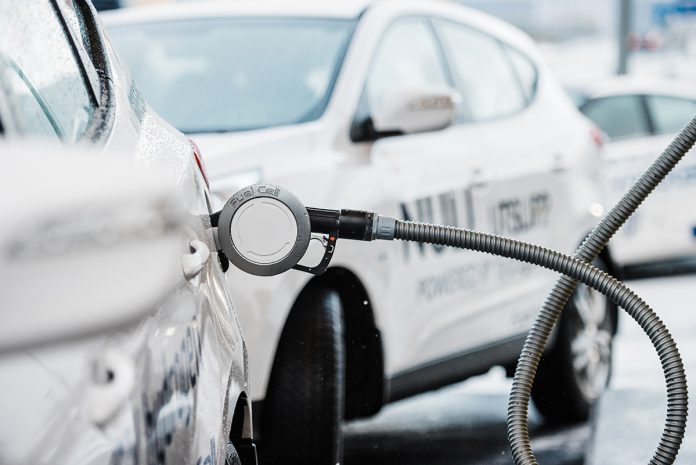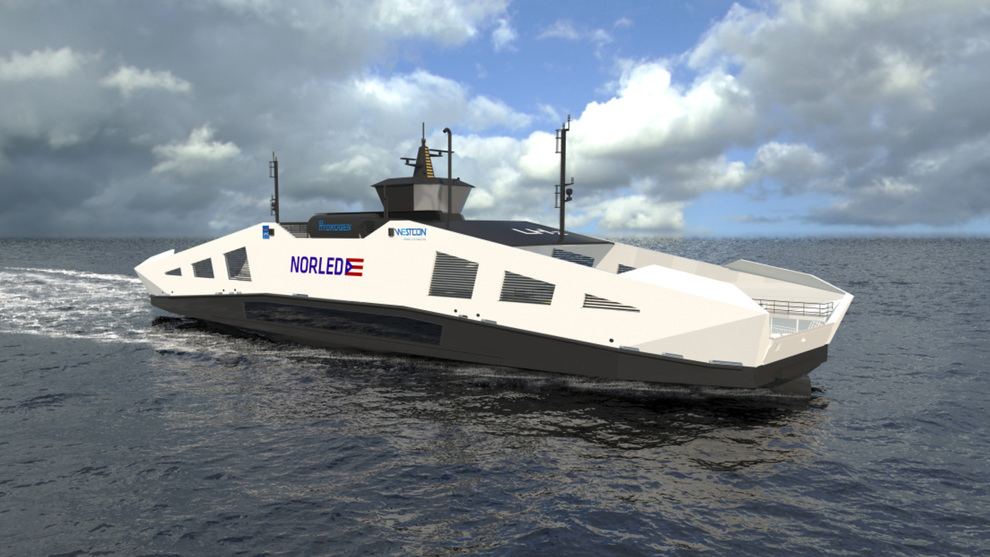Norway has set out a clear ambition to reduce the emissions from the transport, maritime and industry sectors. This requires multiple solutions where hydrogen plays a vital role. There is a strong focus to reduce emissions within the maritime sector and hydrogen is seen as a vital part of the solution
Norway has set out a clear ambition to reduce the emissions from the transport, maritime and industry sectors. This requires multiple solutions where hydrogen plays a vital role. Within the transport sector, the government has indicated that from 2025, no fossil cars can be sold. To achieve this, hydrogen cars in addition to battery electric vehicles, need to be a part of the solution. In addition, there is a strong push to decarbonise heavy-duty vehicles, such as buses and trucks. This will require robust infrastructure and a steady supply of green hydrogen at reasonable prices.
Strong hydrogen ambitions in many sectors
There is a strong focus to reduce emissions within the maritime sector and hydrogen is seen as a vital part of the solution. The first hydrogen ferry is under construction and will be in operation by 2021. In addition, other vessel types such as express boats and offshore vessels being prepared for hydrogen propulsion.
Within the land-based industry, a zero-emission roadmap has been developed towards 2050 and this shows the need for green hydrogen as a part of the solution. Projects like TiZir titanium production plant in Tyssedal will require large amounts of hydrogen to replace coal in its production. This plant alone will lead to a demand for up to 30 tons of hydrogen per day.
Hydrogen station accident, a bump in the road, but also a wake-up call for the government
The hydrogen deployment around the world has been done in a safe manner although some incidents have been reported. There was a significant setback for the Norwegian hydrogen industry when a hydrogen station in Sandvika exploded in June this year. The root cause of the incident was a leakage from a valve that had not been installed according to procedures. All other stations were shut down as a result and the leading player in the deployment of hydrogen stations, UNO X seems reluctant to proceed with further hydrogen projects until the situation is further investigated.
Late in 2018, HYOP; the other company operating hydrogen stations in Norway, had to shut down their stations due to the lack of funding. Hence the hydrogen infrastructure development is far from robust and makes it highly risky for potential users to invest in hydrogen vehicles. As of August 2019, no hydrogen can be purchased in Norway and all the 150+ hydrogen cars are parked until the stations are reopened. The car manufactures Hyundai and Toyota have generously offered replacement cars to everyone affected by the situation. This has been necessary but is not a permanent solution.
Despite the dramatic situation for car owners and operators of the hydrogen stations, it seems like the momentum and political support for hydrogen is in place. If lessons are learned from this accident, better and even safer hydrogen stations will be the result. It must also be used as a wakeup call for the government as the development of a robust infrastructure to support the transport, maritime and industry sectors can hardly be done by private companies on a project-to-project base. An overall roadmap and system plan must be in place with substantial public funding to ensure that volume is achieved. Enova has been given this role, but even though the focus and funding targeting hydrogen have been increased the last years, Enova has failed to take on the role as the public funding partner of the national hydrogen infrastructure.
Public involvement and strong partnerships are vital
Different models for hydrogen infrastructure projects and roadmaps have been developed in other countries and a strong collaboration between the government, car manufacturers, hydrogen industry and energy companies has been seen as important in public/private partnerships all over the world. In Japan, California, Denmark and the UK, these types of models have been put in place and provided the necessary funding for an early phase development. On the discussion of whether you need cars or stations first, it is clear that without a robust infrastructure that allows users to fill hydrogen at a reasonable price, no vehicles will be sold. And with the shutdown of the hydrogen stations in mind, the robustness of the infrastructure will be a critical factor for future customers investing in hydrogen cars, ships or solutions for the industry.
At Greenstat, we remain strong in our focus on hydrogen as a zero-emission energy carrier needed to reach our climate goals. The industry and consumers are more than ready to invest in projects and hydrogen solutions. We hope that the government will provide a road map for the development of a robust hydrogen infrastructure and that it will follow up with the necessary funding.
Please note: This is a commercial profile












